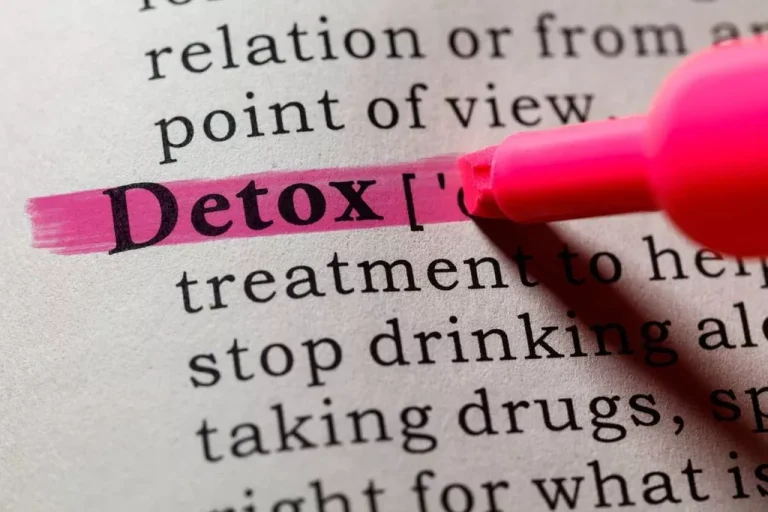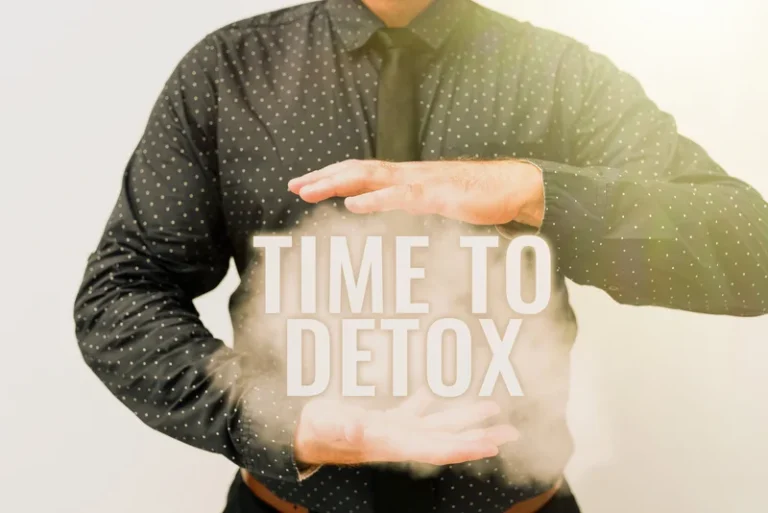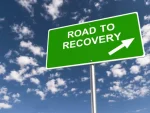What is drug detox, and how to cleanse a body?

Drug detox is the first and critical step in getting rid of addiction since the patient will experience the maximum profit from specialist advice and treatment only when his condition has been stabilized.
Just as there are various drug abuse treatment schemes, detoxification can also occur in different ways, depending on the kind of addiction, the patient’s well-being, and other factors. Let’s talk about what options a person has to eliminate such dangerous abuse.
The definition of drug detox
First, let’s define what is drug detox. This procedure allows dangerous substances to be removed from a person’s body after becoming physically addicted to them. The essential properties of addiction are tolerance and dependence. The organism becomes accustomed to psychoactive compounds, requiring an increase in dose to achieve maximum effect. Detoxification is necessary to overcome such a dangerous habit.

Take back control of your life and start on the road to recovery now.
The most common methods of detox
Many people who consume drugs fear what they will have to endure during detox, making it sophisticated for them to fight addiction. It is essential to tell these patients that different detoxification methods can facilitate withdrawal signs. Consider basic classes of detox programs:
- Cold turkey: the methodical means a man stops consuming narcotics wholly and immediately. This kind of detox is often accompanied by severe withdrawal, which may be life-threatening. But this technique can be effective depending on the drugs’ properties and requires proper support.
- Direct tapering: such a technique slowly reduces the dose so the brain doesn’t react as strongly to stopping the drugs. The idea is that a person does not quit psychoactive substances immediately but decreases the amount of consumption so that the brain and body properly use their natural chemical systems.
- Substitution tapering: this approach involves replacing the addictive drug with another similar substance before reducing the dose. For example, methadone may assist people addicted to heroin to prevent cravings, but without significant highs, which reduces the risk of addiction.
- Titration tapering: this variant is used to reduce the dose of certain drugs. Substances are dissolved in water, then part of the water is removed to decrease their content. Such an option allows you to draw a seemingly insignificant volume, providing a slow dose reduction; this is an optimal solution when discussing club narcotic detoxification.
Statistics demonstrate that less than 42% of people seeking addiction treatment complete the course. Frequency, duration, and drug consumption class significantly affect how a man responds to rehab measures.
Forms of detoxification
There are various ways how to detox from drugs, but the purpose of this procedure remains the same. Detoxification helps people refrain from consuming narcotics compounds until the psychoactive substances leave their bodies. Let’s talk about whether it is possible to cleanse the organism at home or whether it is better to contact a medical center.
Detox at home
Without qualified help, any person who struggles with withdrawal syndrome and its dangerous signs is at risk of dying due to the lack of an accurate rehabilitation scheme.
Even if narcotic withdrawal itself is successful, the consequences of such self-medication can be traumatic and even lead to suicide. The patient may experience depression that will continue long after detoxification, causing suicidal tendencies.
Often, drug addicts relapse during the detoxification period at home and may die even from taking their usual dose. After removing hazardous substances and their cancellation, the body cannot adapt to drugs in an average amount. Professional therapy is required to avoid the harmful effects of detox, and as a rule, it is not available at home.
Medical detoxification
Medical drug detox involves consuming medicines to reduce severities during withdrawal and diminish cravings for hazardous substances. Withdrawal signs are usually very unpleasant, often even dangerous. Therefore, such a procedure must take place under apparent medical supervision.
Suppose psychoactive compounds cease to enter the body. In that case, the brain sends distress signals to various systems, and the patient experiences unpleasant sensations until the drugs are completely eliminated. The withdrawal signs decrease when the brain adapts to the lack of dopes, and severe psychological and emotional work starts. The detox can last from 3 to 14 days.

Main phases of the detoxification process
Each person has their own detox needs. Such a process helps people who consume drugs get a personalized treatment regimen. In most situations, detoxification involves three steps:
- Estimation: healthcare experts analyze the situation to select the optimal treatment regimen for each patient. They collect valuable data, including medical history, classes of narcotics, frequency of drug consumption, and the physical and psychological health of the patient. Doctors will determine the degree of intoxication to assess the likelihood of a withdrawal syndrome and, if necessary, add appropriate medicines to the detox therapy.
- Stabilization: in this phase, the procedures selected while assessing the patient’s condition are applied. It means administering medications or adding other therapies to ensure withdrawal is secure. Doctors may also prescribe tests, an electrocardiogram, and an MRI to correct the initial regimen for getting rid of abuse.
- Treatment plan: once the patient has been stabilized through detoxification, they can move on to the following stage of full recovery. The primary purpose of a drug detox is to prepare the individual for extended inpatient or outpatient treatment.
Although we have listed the conventional components and tasks of detoxification, patients’ personal goals, duration of rehabilitation, and general procedures may differ. Therapy at a specialized drug detox center involves consuming various medicines to assist the patient in overcoming withdrawal signs securely, comfortably, and under the control of specialists.
Side effects of drug detox
Signs of detoxification can vary depending on the class of narcotics consumed. The stages of drug detox range from mild to severe. Consider the ailments that most patients experience:
- Mental problems: drugs significantly affect a person’s brain chemistry, which leads to such an exciting feeling when using them. During detox, the brain will struggle as exposure to psychoactive substances has become part of its functioning. When drugs are withdrawn, an imbalance occurs in a person’s brain, leading to paranoia, anxiety, hallucinations, depression, and mood swings.
- Drug cravings: as the brain tries to return to its normal state, there is a constant and intense craving to consume dangerous substances. It may manifest as physical attraction or mental desire. It is sophisticated to deal with such a side effect alone.
- Physical ailments: the most famous physical symptoms experienced by patients are muscle pain, fever, gastrointestinal disturbances including nausea, vomiting and constipation, excessive sweating, convulsions, etc.
Medication detox assists in decreasing the side effects of the procedure. With a properly selected course of treatment, the patient may experience relief within a few days after withdrawal signs.
How long does drug detox take?
The withdrawal period can differ for various categories of drugs, although sometimes this period varies even within the same group of narcotics. The occurrence and reduction of withdrawal symptoms depend on the half-life, method of administration, and average dose. Let’s look at examples of the duration of detox:
- Signs of withdrawal from stimulants may occur within a few hours to a couple of days after ingestion.
- Withdrawal signs from sedative compounds may occur after several hours and several days. If we are talking about Xanac, the first signs of excretion occur after 6-8 hours, and improvement is observed no earlier than four days later. With Valium, the first ailments of withdrawal are often felt only after a week; Withdrawal syndrome can last up to 30 days.
- With opioid narcotics, e.g., heroin, the first signs of narcotic detox appear after 6-12 hours and disappear after 5-7 days.
- When long-acting opioid psychoactive substances, such as methadone, are discontinued, symptoms occur 2 to 4 days after the drug consumption.
The severity of the withdrawal signs can differ depending on a person’s physiological characteristics, age, gender, physical health, etc. Medical intervention also affects the duration of ailments, as certain medications may relieve symptoms but prolong the healing process.

This can be a difficult journey, but you don’t have to go it alone. Let us be your guide and provide you the environment needed to regain control of your life and begin the path to recovery.
Final words
Drug detox is only the first step in addiction recovery. Most often, this procedure is not enough to return to everyday life. People who want to cut drugs out of their lives forever need to eliminate the psychological component of addiction. It can be achieved through engagement in support groups, inpatient treatment, or residing at Eco Sober Houses while pursuing a structured recovery process.
Contact the residence management to change your life today.




